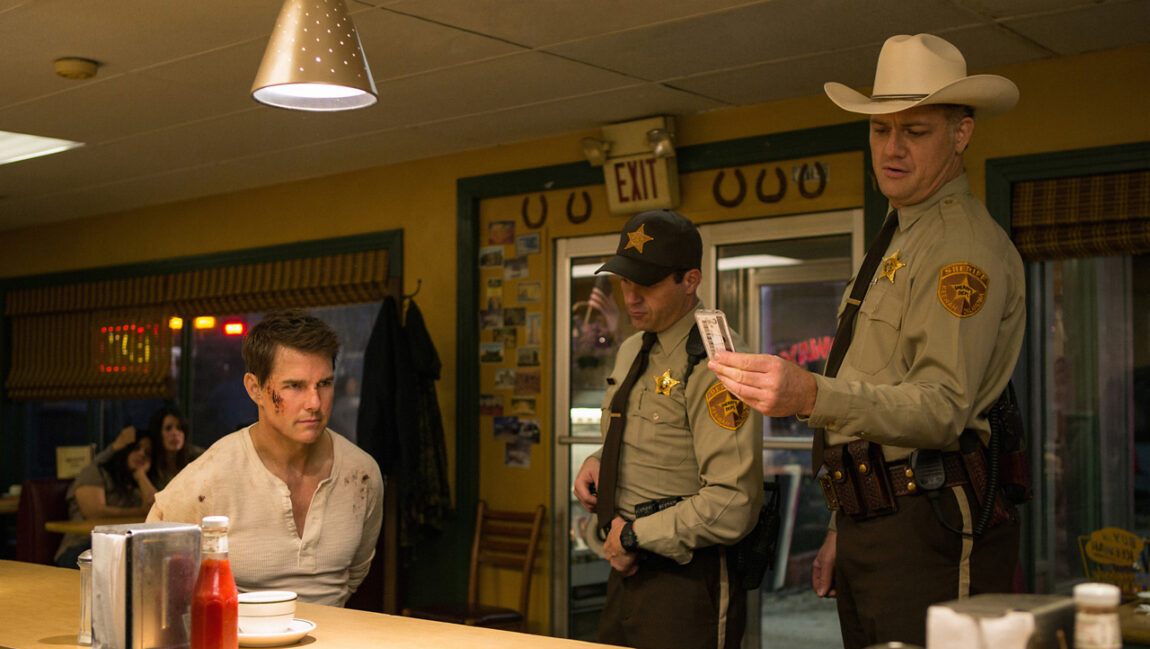Dan Gilroy has birthed one of the worst movies of the year, a hapless art world satire that gives way to an inept horror film: Truly, it’s two terrible movies for the price of one. Velvet Buzzsaw introduces us to Jake Gyllenhaal’s Morf Vandewalt, a rock star art critic who can make or break names and fortunes with his opinions. He’s enmeshed in the, um, high stakes world of international art dealing, with rival gallery owners Rhodora Haze (Rene Russo) and Jon Dondon (Tom Sturridge) competing to represent Piers (John Malkovich), a famous artist struggling to regain his past glory. Toni Collete is on hand as an advisor-type fronting for a rich art buyer; Daveed Diggs is the hot new street artist who doesn’t want his art to be co-opted by the system, man; and so on and so forth. There’s already a lot happening here when Rhodora’s assistant Josephina (Zawe Ashton) finds a dead body in her apartment complex. Turns out the dead guy was a recluse who made lots of paintings in his spare time, requesting that they be destroyed upon his death. Instead of disposing of them, Josephina brings them to Rhodora and they begin marketing the work by this new, mysterious outsider art sensation known only as Dease (for fucks sake, these names). Characters soon begin meeting deadly fates at the hands of, um, haunted paintings, as Morf does research for a book on Dease, discovering a shocking past.
Dan Gilroy has birthed one of the worst movies of the year, a hapless art world satire that gives way to an inept horror film: Truly, it’s two terrible movies for the price of one.
There’s always been a virulent strain of anti-intellectualism in American pop culture, and Gilroy indulges it mightily here: All the characters in Velvet Buzzsaw are venal, self-serving liars, and pretentious to boot. But Gilroy never really throws any punches that Marcel Duchamp didn’t already land way back in 1917 with Fountain — or, for that matter, never distinguishes his self-conscious pop-banality from that favored by modern superstars like Jeff Koons or David Hockney. On the other hand, horror has historically been thought of as a disreputable genre, and there could have been an interesting approach to the idea of the ‘low’ taking out, or taking over, the ‘high.’ But Gilroy just doesn’t go there; he has no feel for the craft of a horror set piece, and manages nothing suspenseful or scary or even tense. The whole horror element could be described as perfunctory, at best — and yet it inexplicably takes up most of the movie. Likewise, Gilroy has no real feel for the contemporary art world either: Morf and Co.’s dialogue suggests a screenwriter thumbing through a few issues of Artforum to get a vague sense of the lingo. Only a patina of insider dish is on offer here, while campy histrionics from the actors are left to fill-in the cracks. (Gyllenhaal in particular is just awful, rivaling Natalie Portman’s recent work in Vox Lux for worst performance by a usually reliable actor.) Most infuriating of all is that, for a film set in and around the art world, Velvet Buzzsaw can’t muster a single striking or interesting image. Cinematographer Robert Elswit does career worst work here: most scenes are over-lit and have that slick, digital flatness that winds up making everything look cheap. At this point, it’s becoming something of a joke that prestigious filmmakers keep getting carte blanche from Netflix, to make their dream projects — only to deliver the worst films that they’ve ever made. Of course, this is not always true (see: Roma), but damn if Dan Gilroy and Velvet Buzzsaw don’t fit that bill.
You can currently stream Dan Gilroy’s Velvet Buzzsaw on Netflix.







